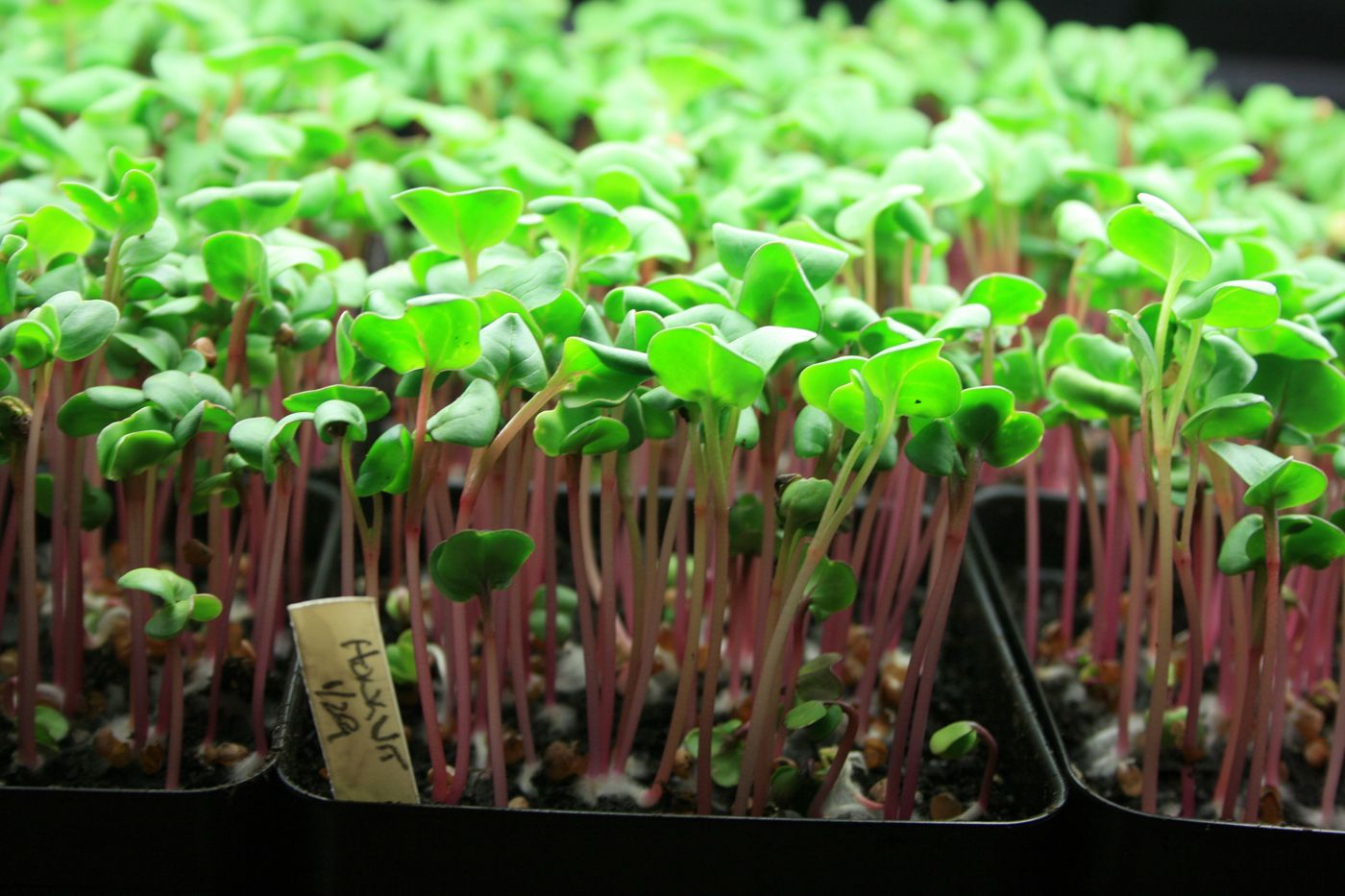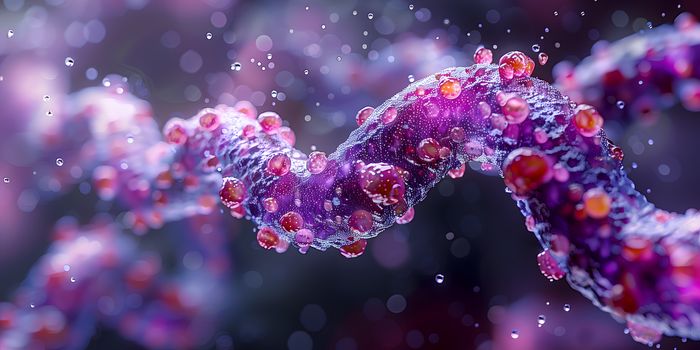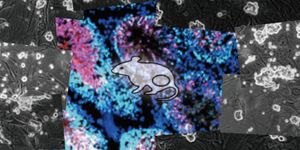If healthy eating is part of your New Year’s Resolution for 2017, adding microgreens might need to be included. A new study confirmed what scientists already suspected for microgreens: an elevated level of healthy compounds in these young plants provides extra benefits for boosting heart health.
Microgreens are the seedlings of the many common, edible plants and herbs that should be making an appearance in abundance on every individual’s plate, at every meal. These seedlings, including basil, brussels sprouts, cauliflower, lettuce, kale, red cabbage, and more, are easily grown indoors and are ready to pick and eat in just one or two weeks.
These vegetables are already praised for their healthful compounds, but recent studies provide evidence to especially recognize the microgreen versions of these plants, as they are more nutrient-dense than their fully-grown counterparts. Recent research findings show that microgreen contain up to 40 times as many nutrients, like vitamins C and E and beta-carotene.
A recent study led by United States Department of Agriculture in Maryland co-author Thomas T.Y. Wang focused specifically on red cabbage.
Mature red cabbage has been shown to reduce levels of low-density lipoprotein (LDL) cholesterol in the blood, a type of cholesterol that is considered to be the “bad” type in comparison to high-density lipoprotein (HDL). Higher levels of LDL are linked to an elevated risk of heart attack, stroke, and other cardiovascular problems, while higher levels of HDL are actually associated with beneficial traits.
If mature red cabbage can reduce levels of harmful LDL, what can the microgreen version of the plant do for heart health? This is the question that prompted a study with 60 mice, each with diet-induced obesity. Researchers created several experimental groups which were observed for eight weeks with different types of diet, each supplemented with either mature red cabbage or red cabbage microgreens.
Supplementation with either type of red cabbage reduced weight gain in response to a high-fat diet and led to a reduction in LDL cholesterol levels in the liver. Only the mice fed red cabbage microgreens, though, received large benefits from high levels of polyphenols and glucosinolates, compounds found in fruits and vegetables that lower cholesterol and triglycerides, fats that can exacerbate an individual’s risk for cardiovascular disease.
For the new year, whether you resolve to eat more greens or to go the next step and create your own window garden, the benefits from eating greens of all kinds are sure to become evident in your day-to-day life.
The present study was published in the Journal of Agriculture and Food Chemistry.
-
MAY 23, 2024For the Love of Digital PCR 2024
-
JUN 06, 2024The Future of Scientific Conferencing
-
JUN 18, 2024The Power of Comprehensive Genomic Profiling Testing
-
SEP 03, 2024Microbiology Week Virtual Event Series 2024
- See More




















































